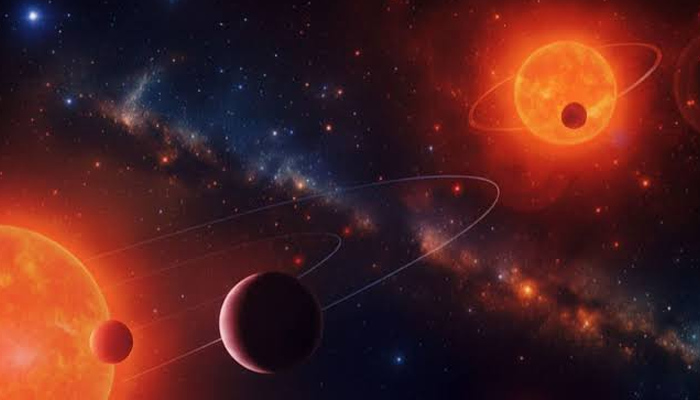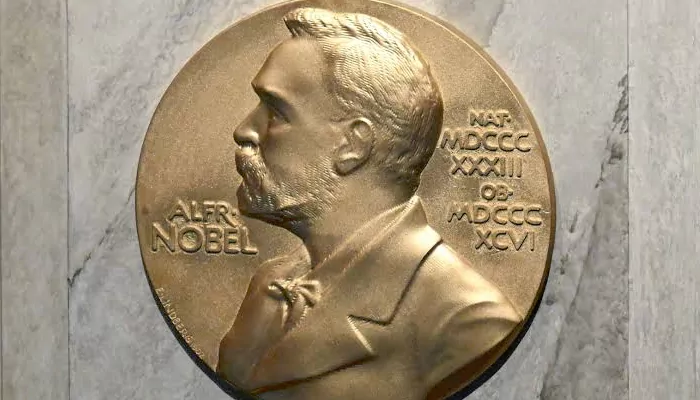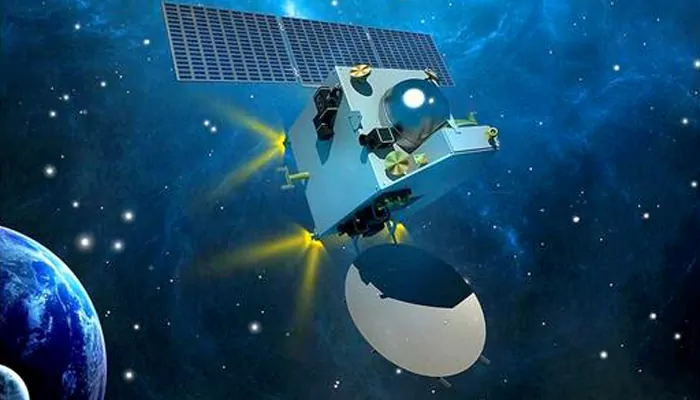.webp)
Here are today’s most important updates from the realm of Science and Space.
When Fire Defies Gravity: The Bizarre Physics of Flames in Orbit
Astronauts aboard the International Space Station (ISS) face unique challenges like weightlessness, high radiation and confined living. Things that we may think are easy on Earth become complicated in space, for example, lighting a matchstick. It is a simple process here on Earth, but the results are different in space, with visible results showing the differences in combustion processes between microgravity environments and Earth's gravity. Astronauts have done this fascinating experiment in the space station. They lit a matchstick to show the differences in combustion in microgravity. In microgravity, flames form a spherical shape due to the absence of buoyancy-driven convection. Meanwhile, flames are teardrop-shaped due to the upward flow of hot air on Earth.
Triple Earths Discovered! Rare Planetary System Stuns Astronomers

An international team of scientists identified three Earth-sized exoplanets orbiting within the binary star system TOI-2267, approximately 190 light-years from Earth. The study provides new insights into planet formation in double-star systems.The researchers used NASA's planet-hunting spacecraft TESS (Transiting Exoplanet Survey Satellite) to find these exoplanets that look like imaginary worlds in sci-fi movies. The study revealed details of the system. It says TOI-2267 has two closely bound stars orbiting each other, and the third planet transits the companion star. Previously, it was believed that binary systems are hostile to the formation of complex planetary arrangements.
Silent Speed: NASA’s X-59 Jet Flies Without the Sonic Boom
The X-59 has completed its first flight! 🎉✈️
— Lockheed Martin (@LockheedMartin) October 28, 2025
A new era of supersonic flight begins with Skunk Works® and @NASA. pic.twitter.com/iqtNWC6TxJ
(Credit: X/@LockheedMartin)
A new jet equipped with Quiet Super Sonic Technology, and developed by Nasa and Lockheed Martin completed an unofficial maiden test flight, flying across the California desert on October 28, 2025. “X-59 successfully completed its first flight this morning,” Lockheed Martin spokesperson Candis Roussel told news agency Reuters in an emailed statement, calling the event “a significant aviation milestone.” It proceeded to make a one-hour sortie, accompanied by a Nasa chase plane, before landing safely near the Armstrong Flight Research Centre. The jet, named X-59, completed the test flight at a subsonic speed – approximately 370 kmph and climbed to an altitude of around 12,000 feet.
No Heat, No Pressure: Just Diamonds! Scientists Redefine How Gems Are Born

Scientists have created a new approach to forming artificial diamonds that offers surprising advantages. By carefully preparing carbon-based samples and then exposing them to an electron beam, the researchers discovered that their process not only converts the material into diamond but also protects delicate organic substances from beam damage. This advance could pave the way for improved imaging and analysis methods in materials science and biology. Traditionally, diamond production involves converting carbon at enormous pressures and temperatures, where the diamond form is stable. The discovery opens up fresh possibilities for manipulating chemical reactions in fields such as electron lithography, surface science, and microscopy.


.webp)









